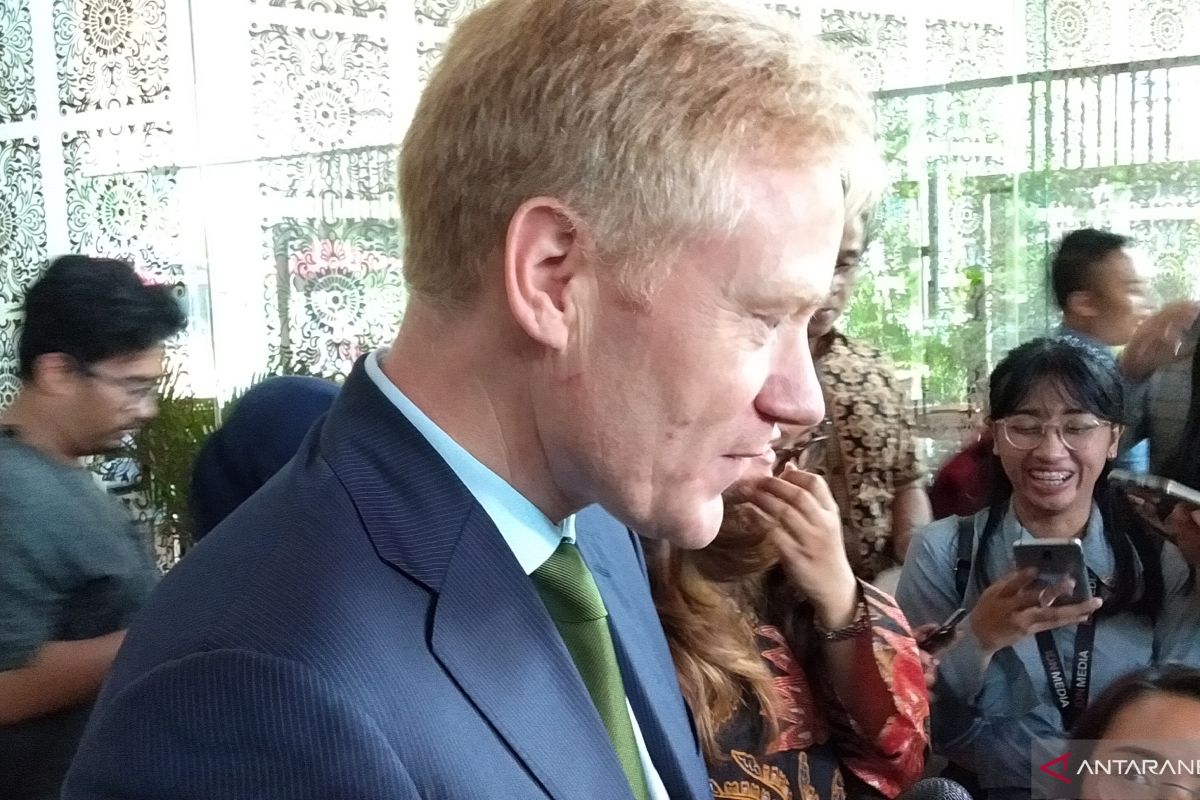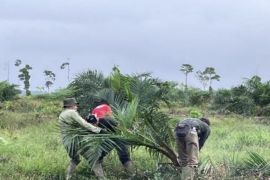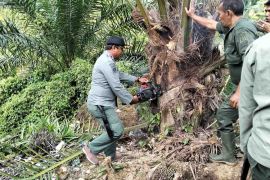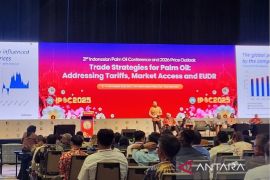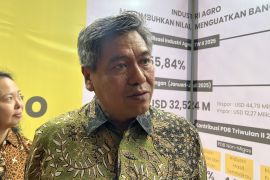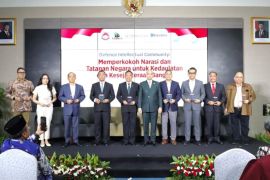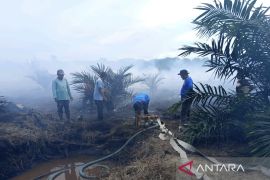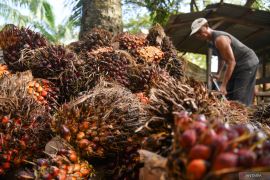"We also continue to build an Energy Union with secure, affordable and sustainable energy," Ambassador of the EU to Indonesia Vincent Guérend said in a statement here on Friday.
As part of our comprehensive policy framework, a new binding, renewable energy target for the EU for 2030 of at least 32 persons was agreed upon between the European Parliament and the EU Member States in June last year through the adoption of the Renewable Energy Directive (REDII).
Biofuels are an important element of the EU’s renewable energy policy. However, rules are needed to ensure the production of feedstock for biofuels is sustainable and does not cause deforestation through indirect land use change (ILUC), Guerend remarked.
The Renewable Energy Directive (a modality of the EU law), which is already in force, therefore includes a new approach, ensuring that crops used for the production of biofuels are not sourced from recently deforested areas or peatlands – no matter where they are produced – and they have not merely displaced other production to high-carbon, high-nature value areas, elsewhere either, Guerend said.
He said that no specific biofuel or feedstock is targeted. All vegetable oils are treated equally. Palm oil is not identified as a bad biofuel.
The Directive mandates the gradual reduction of certain types of biofuels in keeping with the renewable energy targets, Guerend said.
For the implementation of this directive, the European Commission adopted on March 13 a delegated act (a European Commission Regulation), as requested by the European Parliament and the Council of the EU (the EU Institution representing Member States).
Both institutions have, during a two-month scrutiny period, a right to express objections, after which, if none are received, the text will be published in the Official Journal of the European Union, he said.
The delegated act, accompanied by a report, is based on the best available scientific data (2008-2015). The reference period starts in 2008 because this is the cut-off date contained in the EU sustainability criteria for biofuels. The year 2015 has the latest available consistent data.
The data shows that palm oil has been associated with the highest level of deforestation and over the period 2008-2015, 45 percent of the expansion of palm oil took place in high carbon stock areas, he said.
This is not comparable to other feedstock. Palm oil that is certified as low ILUC risk can continue to benefit from incentives. Exemptions, for example, include planting on unused lands. Another exception is for smallholders, noting the importance of smallholders in Indonesia and Malaysia.
Guerend said that the delegated regulation has set a threshold of two hectares for smallholders to ensure that their tenure and independence over land is secured.
This finding is based on the FAO smallholder farmers' data portrait - which provides a comprehensive, systematic and standardized overview of the profile of smallholder farmers across the world. Palm oil farms with 25 or 50 ha cannot be deemed "small" or family-run anymore; they would typically employ 5 to 10 professional full time workers.
Indeed, the productivity factor of palm oil is higher than that of other crops but the factor used in the formula to determine the ILUC is calculated based on the energy content of traded products of different annual crops such as soy, rape seed and sunflower, compared to palm oil.
The European Commission will reassess the data, and if appropriate, the methodology in 2021 and will carry out a revision of the delegated regulation in 2023. At that moment, any efforts undertaken by Indonesia (such as a revamped ISPO, the moratorium, the one map policy, or the recently adopted national action plan) will be taken into account, Ambassador Guerend said.
***1***
A063/INE
EDITED BY INE
Reporter: Azis Kurmala
Editor: Suharto
Copyright © ANTARA 2019
